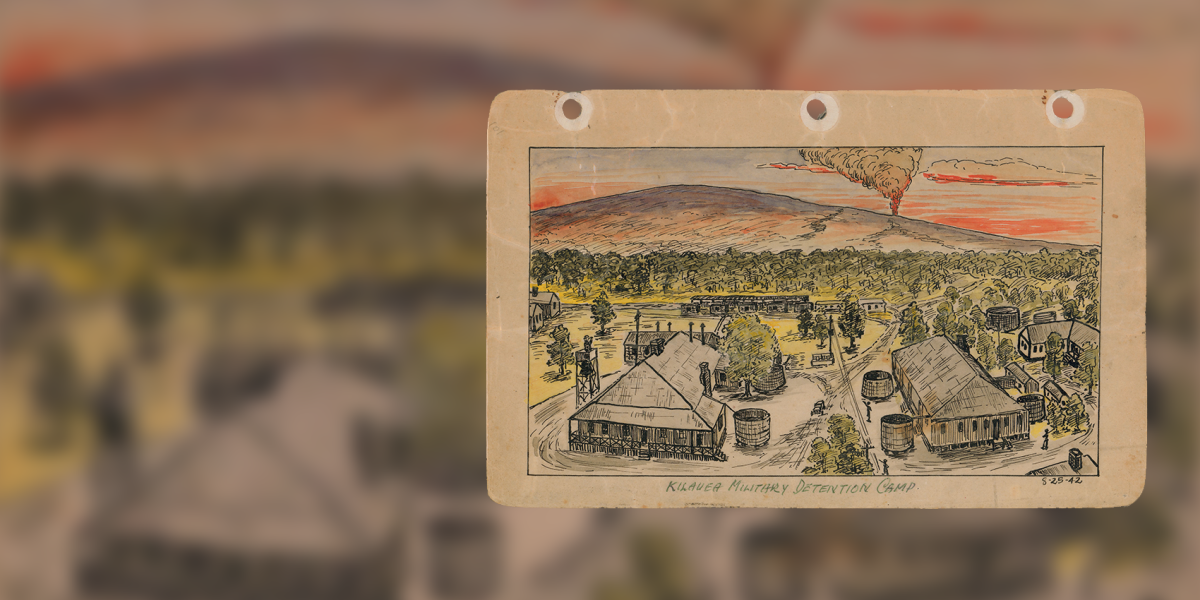
Bibliography
The following books were used as sources in the development of this site.
- Hazama, Dorothy Ochia and Jane Okamaoto Komeiji, Okage Sama De: The Japanese in Hawaii. Honolulu: Bess Press, 1986
- Kimura, Yukiko, Issei: Japanese Immigrants in Hawaii. Honolulu: University Of Hawaii Press, 1988
- Higa, Karin M., The View from Within. Los Angeles: Japanese American National Museum, 1994
- Lueras, Leonard, A Hundred Years of Japanese Life in Hawaii: Kanyaku Imin. Hong Kong: Toppan Printing Company, 1985
- Niiya, Brian, ed., Japanese American History: An A-to-Z Reference from 1868 to the Present. New York: Facts on File, 1993
- Odo, Franklin and Kazuko Sinoto, A Pictorial History of the Japanese in Hawaii 1885-1924. Honolulu: Bishop Museum Press, 1985
- Okihiro, Gary Y., The Anti-Japanese Movement in Hawaii, 1865-1945. Philadelphia: Temple University Press, 1991


